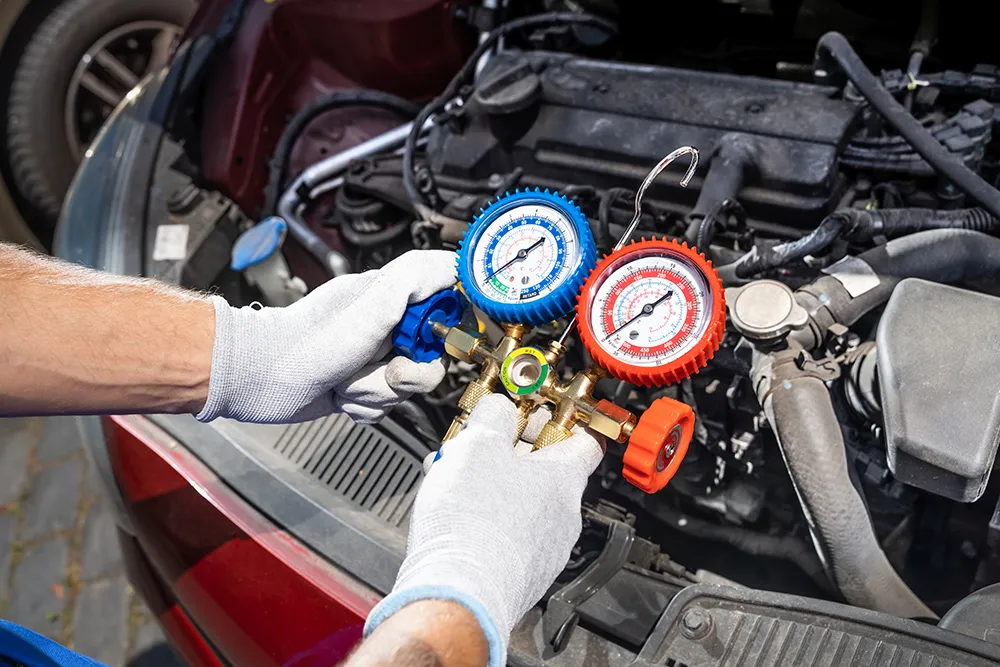When your car’s air conditioner isn’t working, it’s time to consider AC repair. What is involved in this type of auto repair? Knowing what goes into diagnosing and fixing an AC problem can help you decide whether you can fix it or need professional help. Let’s break down the basics of AC repair.
Diagnosis
Diagnosis is the first step for any auto repair. An experienced mechanic will be able to quickly identify the source of the problem with your car’s air conditioning system. This involves connecting a diagnostic tool to your vehicle’s OBD-II port and running tests that check for problems. Have an experienced mechanic do this work since it requires special tools and knowledge to diagnose the issue accurately.
Components Replacement
Once the source of the problem has been identified, it’s time to replace any necessary components. The exact components depend on the specific issue, so only experienced professionals must handle this work. Replacing parts incorrectly could lead to further problems or safety hazards like leaks or overheating that could cause significant damage.
Repairing Electrical Issues
In some cases, electrical issues could be at play with your AC system that needs to be fixed before it works properly. This could include faulty wiring, relays, switches, fuses, resistors, or other components that may need replacing or repairing for your air conditioner to function correctly again. It is important to remember that qualified technicians should only do these electrical repairs since they require special tools and knowledge to perform safely and correctly.

